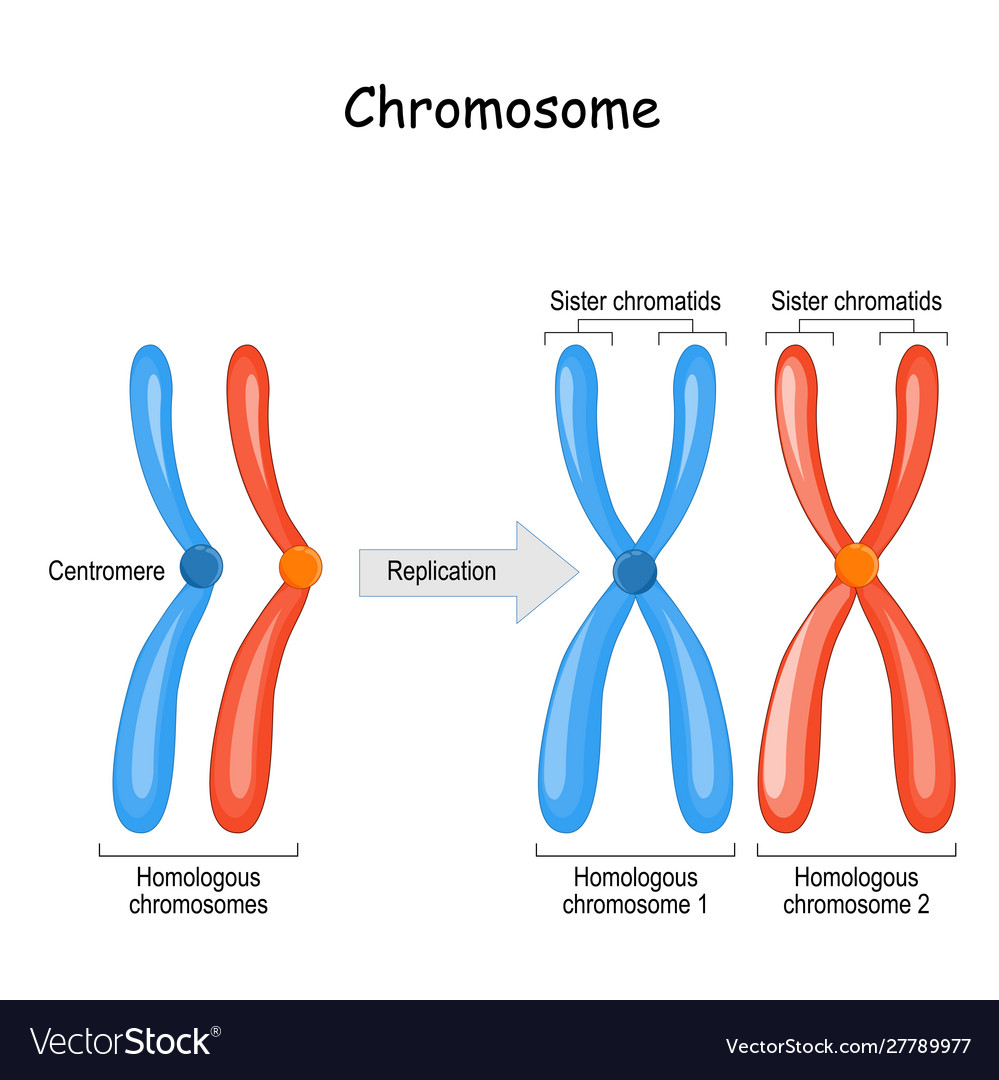

On the exterior, the structures appear to be identical. Because bats and bees are not related, their structures cannot be homologous.īoth bat and bee wings have a similar purpose: they enable bats and bees to fly. Examples of Analogous StructuresĪ bat’s wing and a bee’s wing are excellent examples of comparable structures. Additionally, the wing and the arm have distinct tasks – wings enable bats to fly, but arms enable people to engage with their environment in a fundamentally different way. Because both bats and humans are animals, they have a common ancestor.īoth a bat’s wing and a human arm have a comparable internal bone structure, despite their exterior appearances. The wings of a bat and the arms of a person are excellent examples of homologous structures. Analogous structures are usually identical or quite comparable in function. Homologous structures may perform identical or dissimilar tasks. The developmental path of organisms with similar characteristics is frequently rather diverse. The developmental process of creatures with homologous traits is frequently highly similar, as may be seen when analysing their embryos. Organisms with similar structures are unrelated and did not descend from the same progenitor.

Organisms with homologous structures are invariably linked and descend from a common ancestor. The degree to which creatures are connected

Analogous structures are those that originate separately in distinct living creatures yet perform the same or a comparable function. Homologous structures are those that evolve from a common ancestor in living creatures. Both homologous and analogous structures are formed as adaptations to the environment.ĭistinction between homologous and Analogous structures Definition.Evolution develops homologous and similar structures.Similarities Between Structures That Are Homologous and Those That Are Analogous The major difference between homologous and analogous structures is that homologous structures are found in the same species but originated from a common ancestor, whereas analogous structures are found in different species even if they serve the same function as homologous structures. Structures that are homologous to one another evolve during species’ divergent evolution, whereas structures that are similar to one another evolve during species’ convergent evolution. When it comes to structural evolution, there are two sorts of structures that have developed in different species as a result of their derivation from prior animals: homologous and analogous structures.


 0 kommentar(er)
0 kommentar(er)
